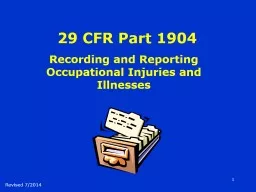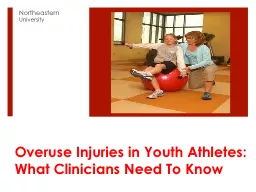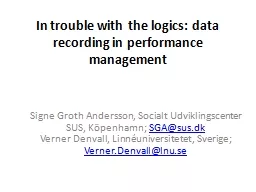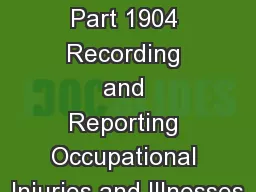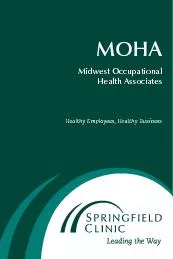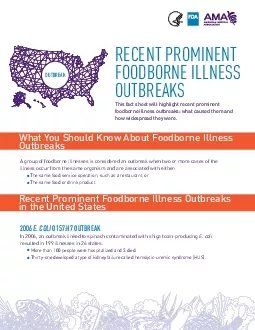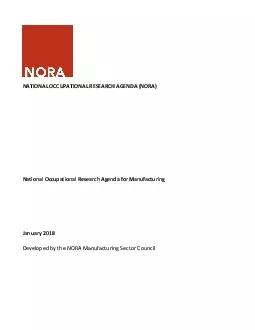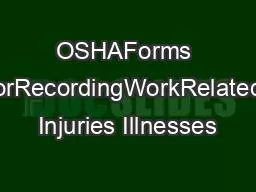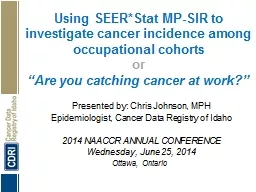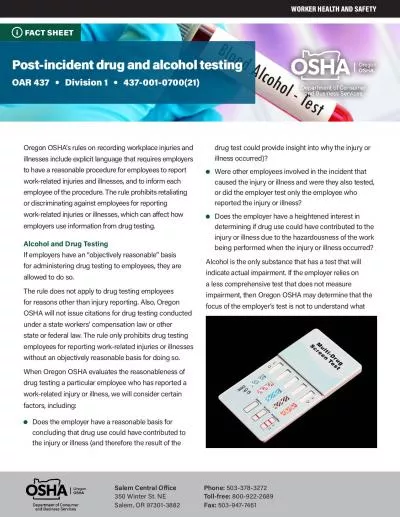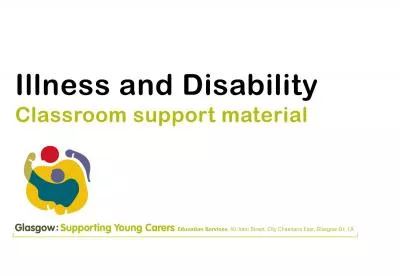PPT-1 Revised 7/2014 Recording and Reporting Occupational Injuries and Illnesses
Author : caroline | Published Date : 2022-02-10
29 CFR Part 1904 2 Organization of the Rule Subpart A Purpose Subpart B Scope Subpart C Forms and recording criteria Subpart D Other requirements Subpart E
Presentation Embed Code
Download Presentation
Download Presentation The PPT/PDF document "1 Revised 7/2014 Recording and Reporting..." is the property of its rightful owner. Permission is granted to download and print the materials on this website for personal, non-commercial use only, and to display it on your personal computer provided you do not modify the materials and that you retain all copyright notices contained in the materials. By downloading content from our website, you accept the terms of this agreement.
1 Revised 7/2014 Recording and Reporting Occupational Injuries and Illnesses: Transcript
Download Rules Of Document
"1 Revised 7/2014 Recording and Reporting Occupational Injuries and Illnesses"The content belongs to its owner. You may download and print it for personal use, without modification, and keep all copyright notices. By downloading, you agree to these terms.
Related Documents

